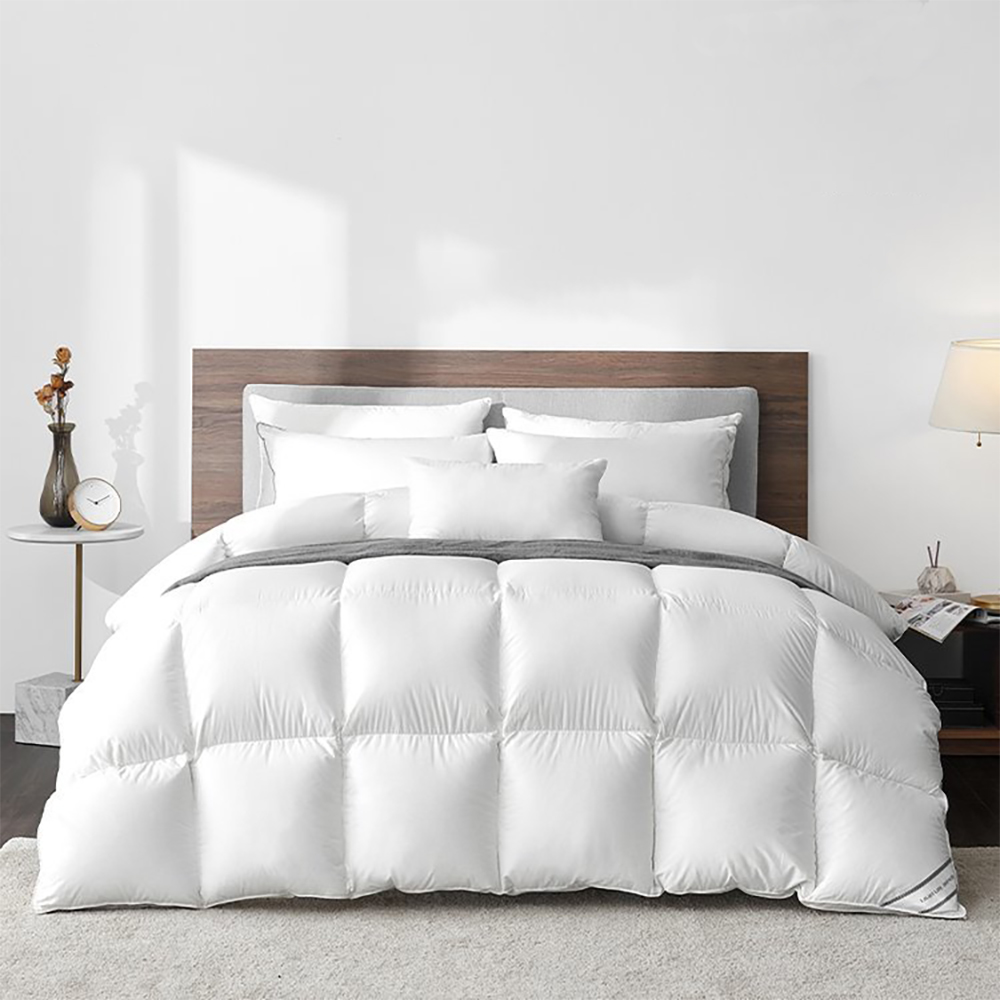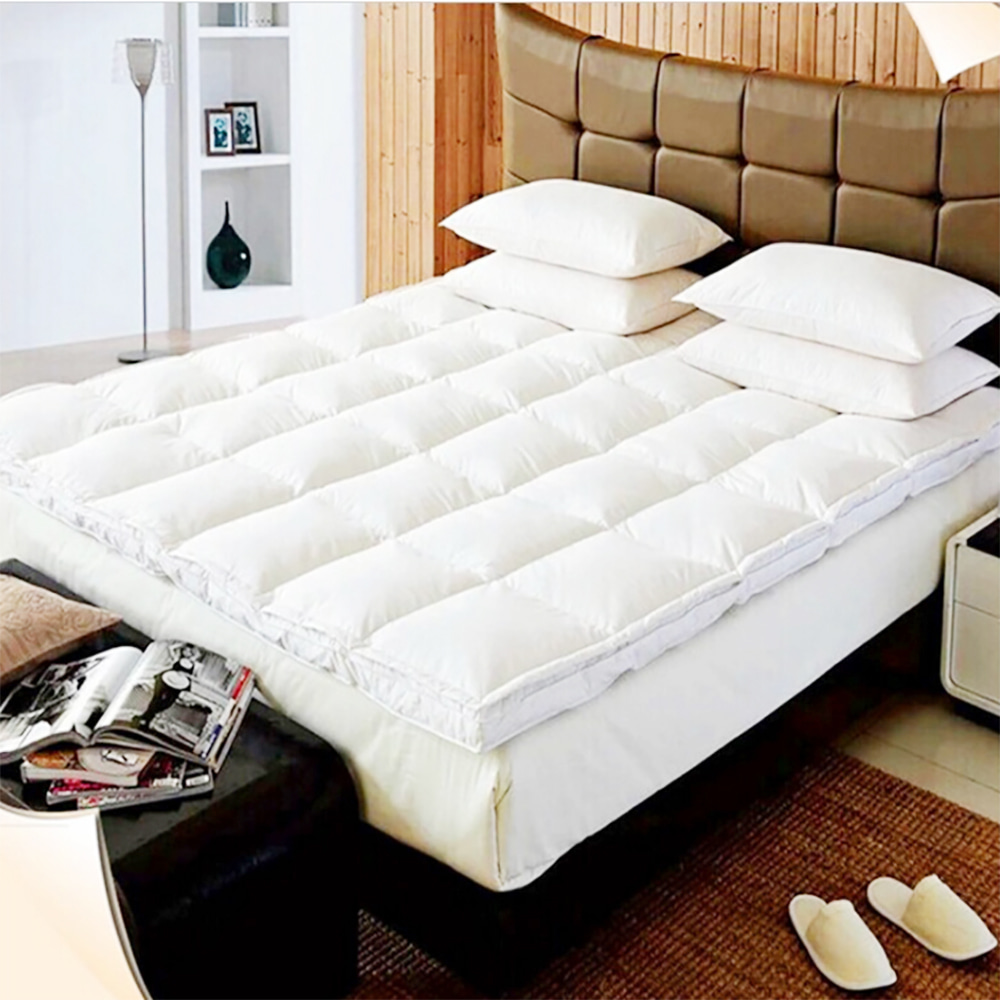Duvet covers are not only a must-have for winter warmth, but also provide different comfort experiences in different seasons and climates. Choosing the right duvet cover material is essential to ensure sleep quality and comfort. This article will explore how to choose the material of a duvet cover according to the season and climate conditions to help consumers make a wise choice.
1. Understand the main materials of duvet covers
Common materials for duvet covers include pure cotton, polyester cotton (polyester cotton), and mixed materials. These materials have their own characteristics and are adapted to different needs and climate conditions:
Pure cotton: natural material with excellent breathability and comfort. Suitable for most seasons, especially the warm spring and autumn seasons.
Polyester cotton: a blend of polyester and cotton, which is generally more durable and easy to care for. Suitable for users who have higher requirements for durability and low maintenance.
Mixed materials: a combination of multiple fibers designed to balance comfort, durability and price.
2. Winter: Choose a material with high warmth retention
During the cold winter, a duvet cover needs to provide high warmth retention and comfort:
High-density cotton: A duvet cover made of high-quality cotton can effectively lock in heat and provide excellent breathability. This allows it to stay warm and comfortable in low-temperature environments.
Polyester-cotton blended material: Duvet covers made of polyester-cotton blended material usually have good wear resistance and warmth retention, suitable for users who need to wash frequently or have high requirements for durability.
Selection suggestion: Choose a high-fill, thick duvet cover to ensure that it has good warmth retention. In addition, choosing a cotton or polyester-cotton duvet cover with down filling can enhance the warmth retention effect.
3. Summer: Choose a breathable and lightweight material
In summer, a duvet cover needs to have good breathability and comfort:
Lightweight cotton: A thin cotton duvet cover provides comfortable breathability and can effectively absorb moisture and perspiration, making it suitable for use in hot weather.
Polyester-cotton thin: Thin polyester-cotton duvet covers are light and easy to wash, suitable for use in hot weather.
Selection suggestions: Choose a light and breathable material to ensure a comfortable sleeping environment. In addition, the filling volume of the duvet cover should be appropriately reduced in summer to avoid overheating.
4. Spring and Autumn: Choose a moderate material
The temperature changes greatly in spring and autumn, and the duvet cover needs to have a certain degree of flexibility:
Medium-thick pure cotton: Provides moderate warmth and breathability, suitable for seasons with large temperature changes.
Polyester-cotton blend: This material can provide sufficient comfort and durability in spring and autumn, suitable for warm but not cold environments.
Selection suggestions: Choose a duvet cover of medium thickness to cope with seasonal temperature changes. In addition, you can consider choosing a duvet cover with adjustable filling volume to adjust the comfort level according to weather changes.
5. Humid climate: choose moisture-proof and mildew-proof materials
In humid climate conditions, the moisture-proof performance of the duvet cover is particularly important:
Moisture-proof polyester-cotton: Polyester-cotton materials are generally more resistant to moisture than pure cotton and are more suitable for humid climates.
Antibacterial treated pure cotton: Some pure cotton duvet covers are treated with antibacterial agents to effectively resist mold and bacteria in humid environments.
Selection advice: Choose a duvet cover with moisture-proof and antibacterial properties to ensure dryness and comfort in humid climates.














